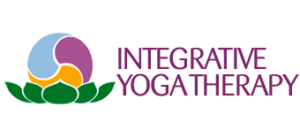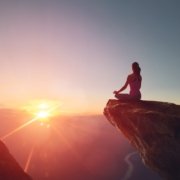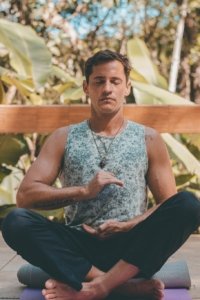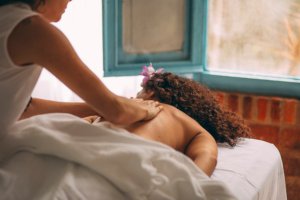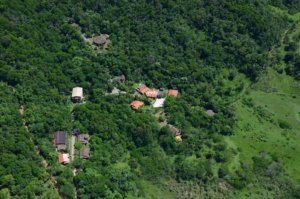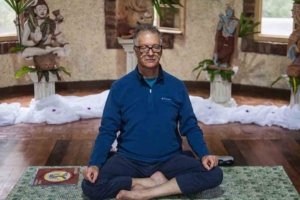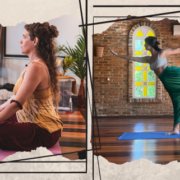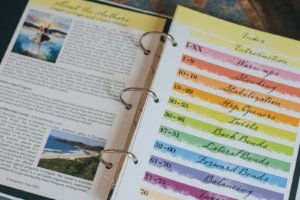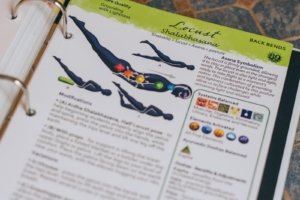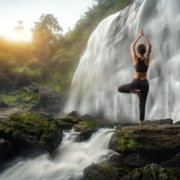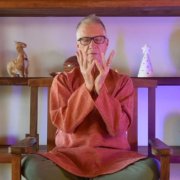Yoga in Healthcare, a certification course with Joseph Le Page
/in Articles, Yoga /by Joseph Le PageA 36-hour live virtual training
September 24 – December 10, 2024
Meets weekly on Tuesdays from 8:30-11:30 AM Mountain Time
To integrate Yoga into mainstream healthcare, we need carefully designed programs that have been extensively tested and fully encompass the various aspects of Yoga. These programs provide participants with a comprehensive experience of Yoga and its healing benefits. Additionally, Yoga teachers and therapists who wish to work in this space need specialized training on effective communication in healthcare settings. This course is specifically designed to meet these needs and more.
Joseph Le Page has been bringing Yoga into mainstream healthcare for over 30 years. Through the Heathy Heart Program, he has created a Yoga-based wellness program that is practical, cost-efficient, time-tested. This program is applicable to a wide range of health conditions with a stress component, including hypertension, heart disease, Type 2 Diabetes, anxiety and depression, body pain, especially low back pain, headache and digestive problems, among others.
In this course, participants will study the Healthy Heart Program as a foundation for understanding how to bring Yoga into mainstream healthcare settings. Upon completion, participants are certified to teach the Healthy Heart Program and also receive a complete package of materials including scripts for each week of the 12-week program.
Participants also learn to integrate each of the facets of Yoga, including Asana, Pranayama, Mudra, Yoga Nidra, Affirmation and Meditation to support the healing process. They also learn how to develop multiweek Yoga-based wellness programs on themes that they would like to bring to healthcare mainstream settings such as Yoga for depression and anxiety.
Participants will experience and learn to teach each of the weeks of the Healthy Heart Program, each of which is based on a specific theme. These themes include:
- A new vision of the health: Introduces participants to stress-related dis-eases and importance of self-care.
- Developing a body positive attitude: Introduces the importance of body awareness, self-care, and a positive attitude toward the body.
- Cultivating healthy posture: Introduces concepts of optimal posture, posture awareness and postural care to avoid injury.
- Cultivating healthy lifestyle: Understanding the importance of diet, daily routine, and sleep in relation to health and healing.
- Optimizing Your Breath: The importance of breath in relation to health and in developing psycho-emotional equanimity.
- Learning to relax: The importance of relaxation and presentation of varies relaxation techniques, recognizing that different people relax differently.
- Cultivating vital energy: Introduces the chakra system as a way of enhancing vitality to different areas and systems of the body.
- Becoming comfortable with Feelings: Introduces the concept of the witness and the ability to observe sensations, thoughts and feelings rather than react to them unconsciously.
- Opening the Heart: Cultivating the qualities of the heart, including forgiveness, compassion, acceptance and gratitude.
- Understanding the causes of stress: Introduces the concept of recognizing the underline beliefs that cause stress and dis-ease.
- Meditation: the art of living in peace: An introduction to meditation with varies techniques allowing us to see that meditation is an individual process.
- Identifying life’s purpose and meaning: Introduces the importance of identifying that which has true value and meaning in one’s life.
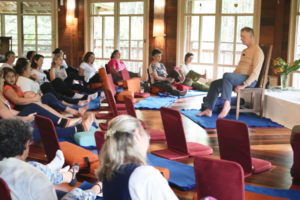
Participants learn to combine Yoga tools and techniques, including Asana, Pranayama, Mudra, affirmation, relaxation and meditation with each theme, so that every week in an integrated experience of healing. Participants also receive a manual with complete information scripts and teaching instructions for each of the twelve weeks of the Healthy Heart Program.
Required reading: Mudras for Healing and Transformation, by Joseph Le Page and Lilian Aboim and Why Zebras don’t get Ulcers, by Robert Sapolsky
Fees, Eligibility and Continuing Education:
- All sessions will be recorded in the event you are unable to attend live
- This course is open to all Inner Peace Yoga Therapy students as well as yoga teachers/yoga therapists from other schools
- For those already certified as Yoga Therapists (C-IAYT), this course offers 36 hours of continuing education via Approved Professional Development
- This course qualifies for 36 hours of Continuing Education from the Yoga Alliance
- Tuition fee $500 payable through the link innerpeaceyogatherapy.com
Questions?
- Contact Michele Lawrence, Inner Peace Yoga Therapy Program Director | info@innerpeaceyogatherapy.com
Learn more About Joseph Le Page
Next article:
